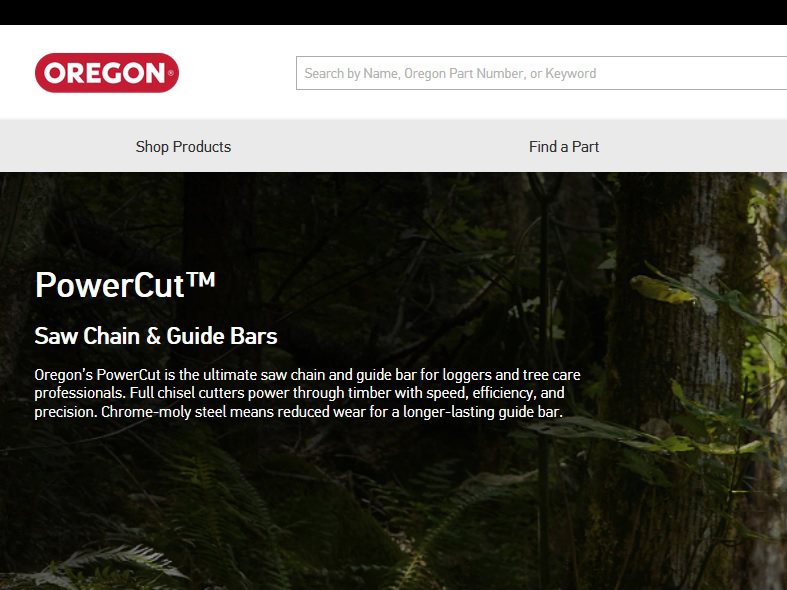Inbound marketing is a powerful way to grow your business, especially if you’re a freelance copywriter. I was thrilled when my first prospective customer found me after I’d written a blog post. It happened when I was two months into my nascent freelance writing career. My prospective client and I scheduled a call, we hit it off, and worked together for the next couple of months.
Of course, there are caveats to an inbound marketing strategy. Peter Bowerman (the Well-Fed Writer) has mentioned that inbound marketing can bring in many “tire kickers” and even “lowballers,” and he’s not wrong. There are several steps, however, that you can take so the prospects visiting your blog or website will become lifelong clients. Creating your ideal client profile is helpful, and so is determining what type of content marketing your prospects need by doing some targeted research.
Here’s what to do next:
1. The prospect will have many questions. How long have been a freelance writer? Are you full-time, or part-time? Do you have experience with the prospect’s industry? What is your rate? The questions may be overwhelming, but the conversation will be instrumental in determining if the prospect is the right fit.
2. If the prospect becomes argumentative about your rate, then classify the person as a “lowballer” and move on. These folks tend to want quality work at a low cost (to them).
3. If the initial contact ends ambiguously (e.g. no firm decision to hire you), then determine if you want to follow-up. We live in an age of e-mail glut, and because writers tend to be conscientious; we don’t want to spam anyone. But remember that the prospect sought you out, and sometimes people just get busy. So send a follow-up e-mail a few days after the initial contact. I always write, “Just checking in. Did you still need help with [insert content]?” If you never hear from the prospect again, even after a polite follow-up e-mail (or two), then classify the prospect as someone not ready to buy. The prospect may come back later on, when s/he is ready.
4. If the prospective client agrees to your rate and you’ve had a good follow-up conversation (via e-mail, phone, or video conferencing), then clearly define expectations and write up a contract. If all of this goes smoothly, then congratulations, you just won an inbound client! Go you! (I usually take a deposit upfront for new clients.)
5. The next step is easy. In the immortal words of Mad Men‘s Fred Rumsen: “Do the work, Don.”
6. After the project’s (successful) completion, be sure to ask for a testimonial. Periodically check in on your client, and see how the content is working, and if s/he needs follow-up work or help finding other service providers. This strategy can lead to multiple projects with a happy client who understands how you work, and knows the quality that will result from your collaboration.
—
This blog post is a new offering from my site. About once a month, I plan to write a blog post chronicling an aspect of freelance writing or editing. Feel free to comment and weigh in on your own experiences.
Have you classified your inbound prospects? What are your strategies?







